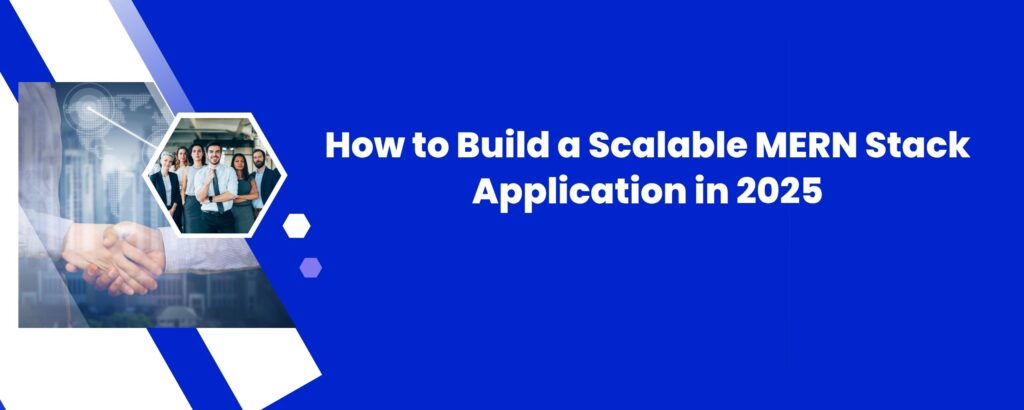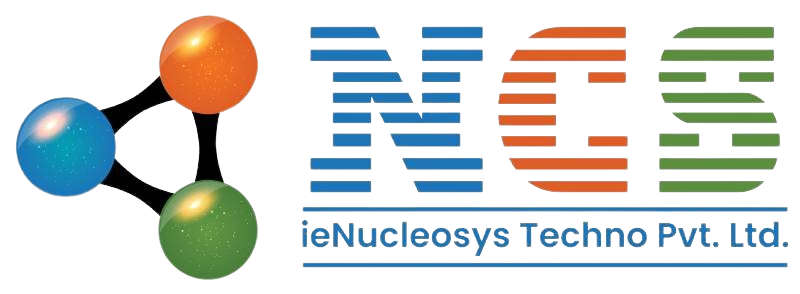How to Build a Scalable MERN Stack Application in 2025

In today’s rapidly evolving tech world, building scalable, efficient, and maintainable web applications is critical. For developers looking to deliver high-performance apps that grow with user demand, the MERN stack offers an ideal solution. In this comprehensive guide, we’ll walk you through how to build a scalable MERN stack application, from architecture design to deployment. Whether you’re creating your first app or refining an enterprise-grade solution, these tips will help ensure your MERN stack project is future-ready. What Is the MERN Stack? Before diving into scalability, let’s recap what makes up the MERN stack: MongoDB: A NoSQL database for storing data in flexible, JSON-like documents. Express.js: A backend web application framework for Node.js. React.js: A front-end JavaScript library for building user interfaces. Node.js: A runtime environment that executes JavaScript on the server side. Together, these technologies offer a full-stack JavaScript environment that’s perfect for modern, scalable applications. Why Choose the MERN Stack for Scalable Applications? The MERN stack is favored by startups and enterprises alike for its flexibility and performance. Here’s why it’s a great fit for scalability: End-to-end JavaScript simplifies development and maintenance. MongoDB’s horizontal scaling handles large amounts of data effortlessly. React’s virtual DOM enhances rendering performance for dynamic user interfaces. Node.js’s event-driven architecture supports thousands of concurrent users. These features make the MERN stack an ideal foundation for building applications that grow with your audience. Step-by-Step: How to Build a Scalable MERN Stack Application 1. Plan Your Application Architecture Scalability begins with thoughtful design. A monolithic approach may work initially, but modular and microservices-based architecture is more future-proof. Key Tips: Divide backend services (authentication, payments, etc.) Use RESTful APIs or GraphQL Ensure clear data flow between front-end and back-end 2. Design a Scalable Database Schema MongoDB’s schema-less nature allows flexibility, but you should still follow best practices to avoid performance bottlenecks. Best Practices: Use proper indexing for faster query performance Normalize or denormalize data wisely depending on use-case Limit document size for efficiency 3. Optimize React for Performance Frontend performance is critical for scalability. React gives you powerful tools, but misuse can cause rendering issues. Suggestions: Use React.memo and useCallback to avoid unnecessary re-renders Code-split your app using React.lazy Implement client-side caching and lazy loading 4. Build a RESTful and Modular Backend Express.js allows fast and structured API development. Organizing your backend into small, reusable modules improves maintainability and scalability. Tips: Use environment variables for config management Follow MVC (Model-View-Controller) structure Handle errors globally with middleware 5. Use Scalable State Management in React Avoid prop drilling and ensure your components scale well with application size. Options: Context API for light state management Redux or Zustand for large-scale apps Persist critical state using localStorage or IndexedDB 6. Add Authentication and Security Security is essential when scaling any application. As traffic increases, so do risks. Recommended Practices: Use JWT (JSON Web Tokens) for stateless authentication Hash passwords with bcrypt Implement CORS, input validation, and rate limiting 7. Prepare for Deployment and Scaling Once your MERN app is built and tested, deploying it on a scalable platform is key. Choose cloud solutions that support containerization and auto-scaling. Popular Options: Use Docker and Kubernetes for container management Deploy on platforms like AWS, Google Cloud, or Heroku Use CI/CD pipelines with GitHub Actions or Jenkins Performance Optimization for Scale To ensure your application handles growth smoothly, optimize for both front-end and back-end performance. Front-End: Minify assets using Webpack Enable GZIP compression Use a CDN for static files Back-End: Implement caching (Redis or Memcached) Optimize API response times Use async/await for better concurrency Monitoring and Analytics You can’t scale what you can’t measure. Incorporate monitoring and error logging early in your development process. Tools to Use: Google Analytics for user behavior New Relic or Datadog for performance monitoring Sentry or LogRocket for error tracking These tools give you real-time insight into how your app performs under load. Common Challenges in MERN Stack Scaling Even with great architecture, some challenges may arise: Memory leaks in Node.js if processes aren’t managed properly Too many API calls from React affecting performance Inefficient MongoDB queries that cause database slowdowns Plan for these challenges with thorough testing and logging before scaling. Final Thoughts on Building a Scalable MERN Stack Application Learning how to build a scalable MERN stack application is a valuable skill in 2025’s web development landscape. By following the steps above—from smart architecture to robust deployment—you can ensure your app performs well as it grows. Scalability isn’t just about handling more users; it’s about maintaining speed, security, and reliability at every stage of growth.
